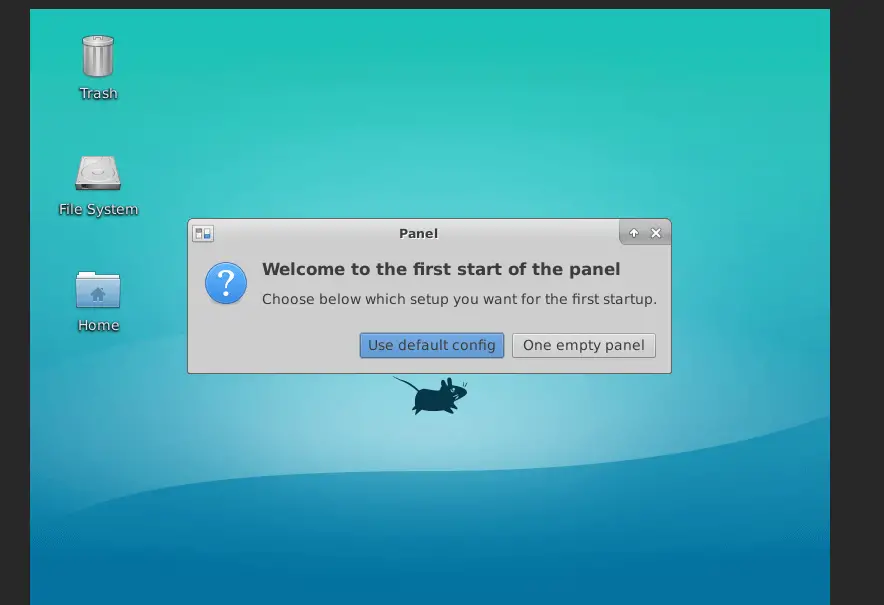

This process is known as a SCSI reservation, and too many of them occurring can decrease the performance of your VMs as they wait for LUNs to be unlocked. Snapshots are not useful for restoring individual files because they only bring a whole VM image back to a present state. VM snapshots can also cause other problems because they grow: The entire LUN that a VM is on has to be locked when they grow in size, which prevents other hosts from writing to the LUN. The current state of your VM is lost, and you can only revert to previous snapshots. One problem with VM snapshots is that, once you revert back to a previous snapshot, you can't go back to the present.

While this can be useful in certain situations, it should never be used as a primary method for backing up VMs. Additionally, multiple snapshots can be created to provide more than one restore point to choose from. VM snapshots preserve the state of a VM from the point in time when the snapshot was taken. The guest OS and virtual disk need to be prepared so they are in a proper state to be backed up, and if you bypass the hypervisor, this important element does not happen. You should never try and back up virtual disk files directly at the physical storage device and bypass the virtualization layer. To properly do an image-level backup at the virtualization layer, you need to use backup applications that are virtualization-aware and can utilize the APIs of the virtualization layer to access virtual disk files. This type of backup is known as an image-level backup because the VM's disk is backed up at the block level and not at the file level as traditional guest OS agents do. It is also much more efficient as the backup server can mount the VM's virtual disk directly from the host data store. By using this method, the guest OS is not aware of a backup process, nor is it wasting host resources. Instead of using guest OS backup agents, backup servers should go directly to the virtualization layer and not involve the guest OS. This method also causes unnecessary resource usage on the host, and if multiple backups are running simultaneously, it can cause performance bottlenecks.

The guest OS no longer has direct access to physical hardware where the data resides, so a backup agent inside the guest OS must go through the virtualization layer to get to the VM data. While this works, it is inefficient because the virtualization layer sits in between the guest OS layer and the physical hardware layer. You cannot use traditional backup methods that use agents installed on the guest OS to back up VMs. Don't back up through the guest OSīacking up through the guest OS is probably the most common mistake made when backing up VMs. There are common issues to note, and here, we provide you with five that could cause problems with your backups, as well as best practices for optimum data protection. The process of backing up VMs, though, comes with complications.


 0 kommentar(er)
0 kommentar(er)
